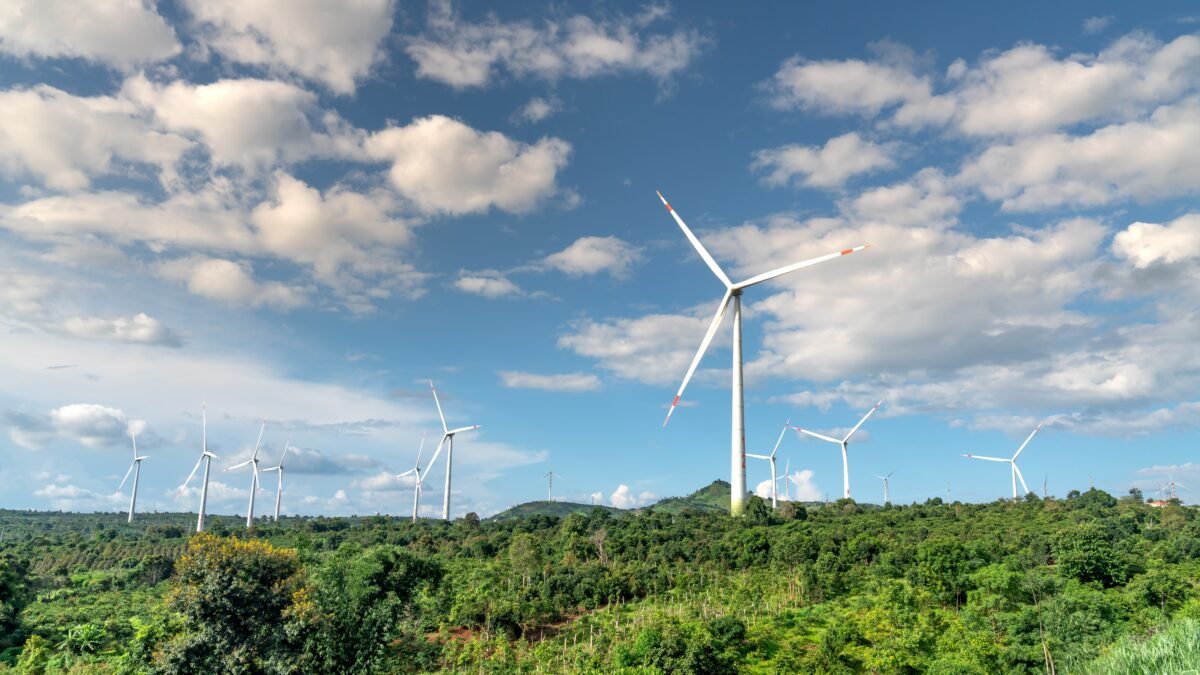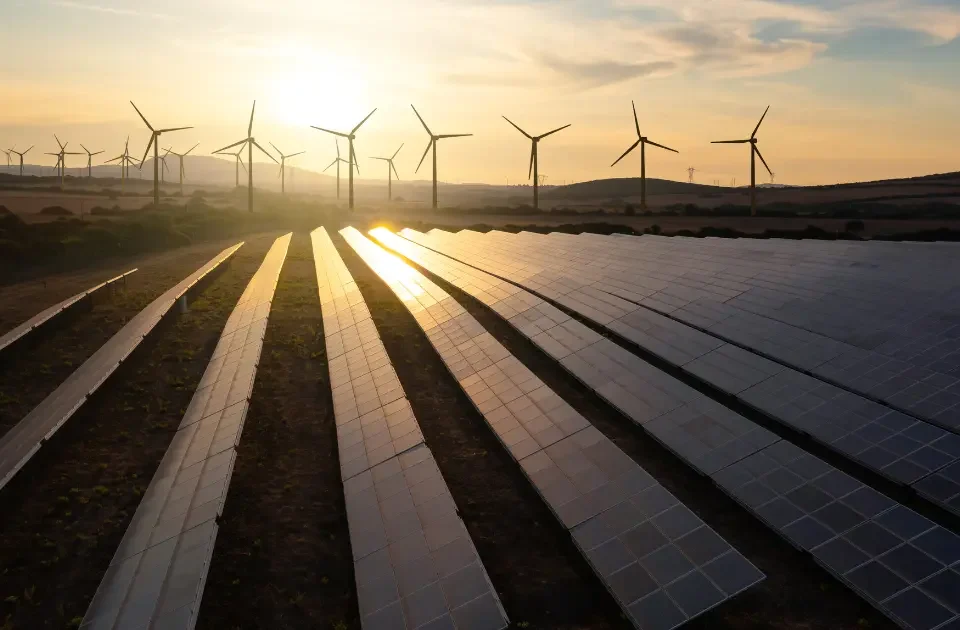In a world increasingly focused on environmental sustainability and reducing carbon emissions, wind energy has emerged as a powerful force driving the green economy. Wind power, harnessed through wind turbines, not only provides a clean and renewable energy source but also plays a pivotal role in fostering economic growth, job creation, and a more sustainable future.
The Rise of Wind Energy
Wind energy has experienced exponential growth over the past few decades, becoming a major player in the global energy landscape. This growth can be attributed to several factors:
- Clean and Renewable: Wind power generates electricity without emitting harmful greenhouse gases or other pollutants, making it one of the cleanest and most sustainable energy sources available.
- Abundant Resource: Wind is an abundant resource available in many regions worldwide, providing a consistent and reliable source of energy.
- Technological Advancements: Ongoing research and innovation have led to more efficient wind turbine designs, enabling higher energy production at lower costs.
- Economic Viability: As the cost of wind energy production continues to decline, it has become increasingly competitive with fossil fuel-based power generation.
Economic Benefits of Wind Energy
Wind energy is a powerful driver of economic growth and job creation. Here’s how it contributes to the green economy:
- Job Creation: The wind energy sector has created a substantial number of jobs, ranging from manufacturing and installation to operation and maintenance. These jobs stimulate local economies and provide stable employment opportunities.
- Investment Attraction: Wind energy projects attract investment, leading to economic development in the regions where they are located. This includes infrastructure development, increased property values, and tax revenue.
- Energy Independence: As nations invest in wind energy, they reduce their dependence on fossil fuel imports, enhancing energy security and reducing trade deficits.
- Reduced Healthcare Costs: Wind energy’s environmental benefits, such as improved air quality and reduced greenhouse gas emissions, lead to lower healthcare costs due to reduced air pollution-related illnesses.
Environmental Advantages
Wind energy is a vital tool in the fight against climate change and environmental degradation. Its environmental advantages include:
- Carbon Emission Reduction: Wind power significantly reduces carbon emissions associated with electricity generation, helping to mitigate the effects of climate change.
- Air Quality Improvement: Wind energy contributes to improved air quality by reducing the emissions of pollutants like sulfur dioxide, nitrogen oxides, and particulate matter.
- Conservation of Natural Resources: Unlike fossil fuels, wind energy does not deplete finite resources or harm ecosystems through extraction or transportation.
Challenges and Innovations
While wind energy has made remarkable progress, it faces challenges that require ongoing innovation and investment:
- Intermittency: Wind is an intermittent energy source, meaning it doesn’t produce power consistently. Developing energy storage solutions and a robust grid infrastructure is essential to ensure a reliable energy supply.
- Land Use: Wind farms require substantial land, which can sometimes lead to conflicts with agricultural or natural habitats. Offshore wind farms and innovative turbine designs are addressing this challenge.
- Environmental Impact: Wind turbines can have an impact on local wildlife, particularly birds and bats. Research and mitigation strategies are being developed to minimize these effects.
The Future of Wind Energy
The future of wind energy is bright. As technology continues to advance, wind turbines will become more efficient, cost-effective, and environmentally friendly. Additionally, the expansion of offshore wind farms and the integration of wind power into microgrids and energy storage systems will further enhance its role in the green economy.
Wind energy represents a powerful force that drives the green economy by providing clean, renewable electricity, creating jobs, stimulating economic growth, and mitigating climate change. It is a testament to human ingenuity and our commitment to a sustainable and prosperous future. As wind turbines continue to dot our landscapes and grace our horizons, they stand as symbols of hope for a greener and more sustainable world.




